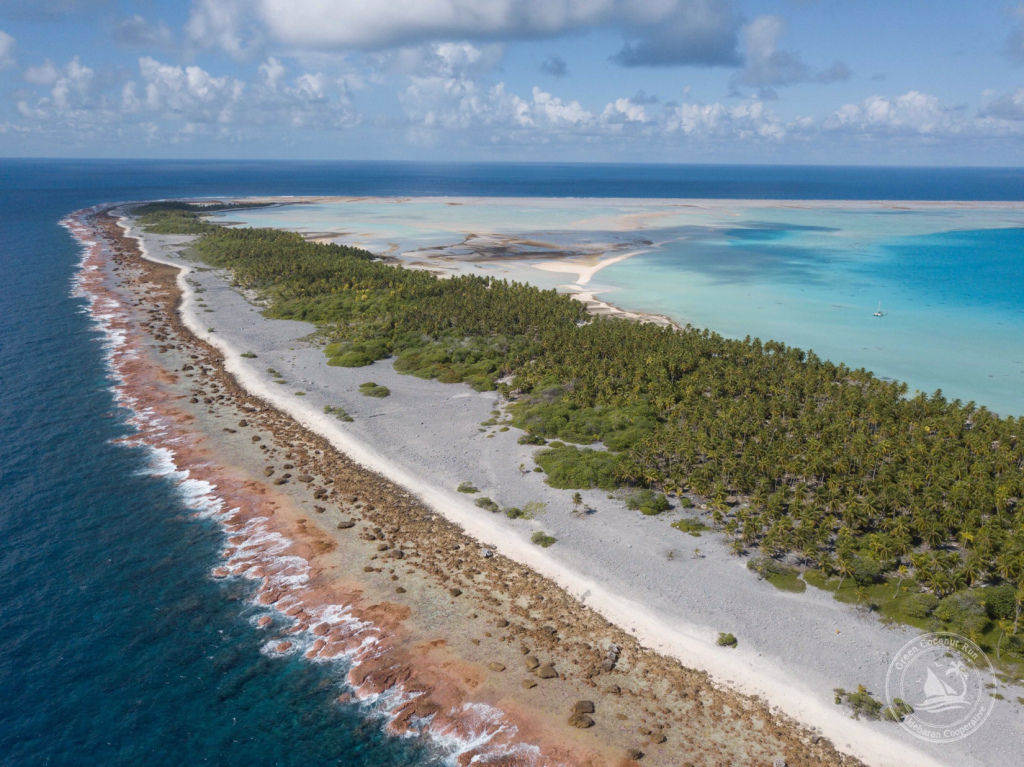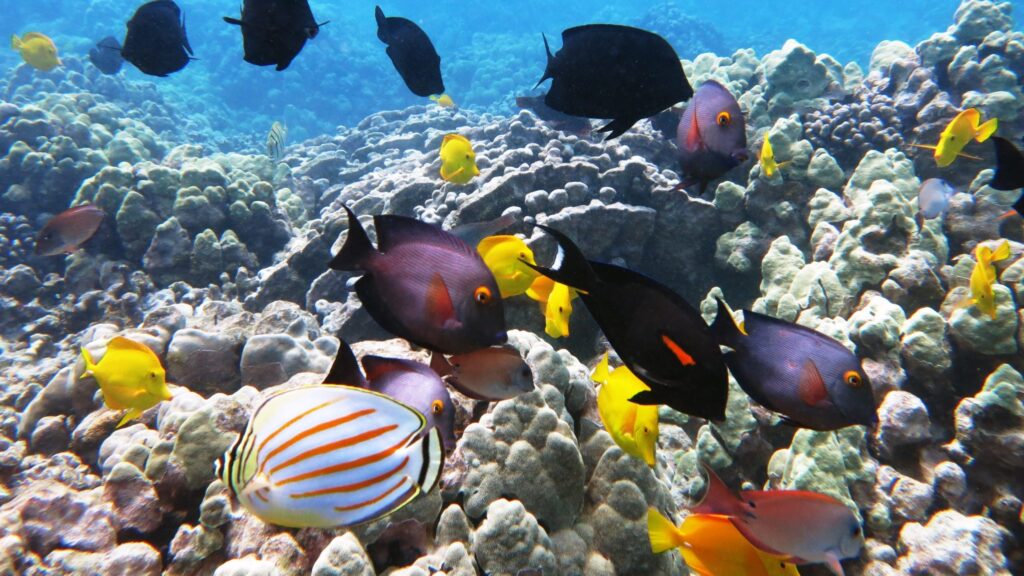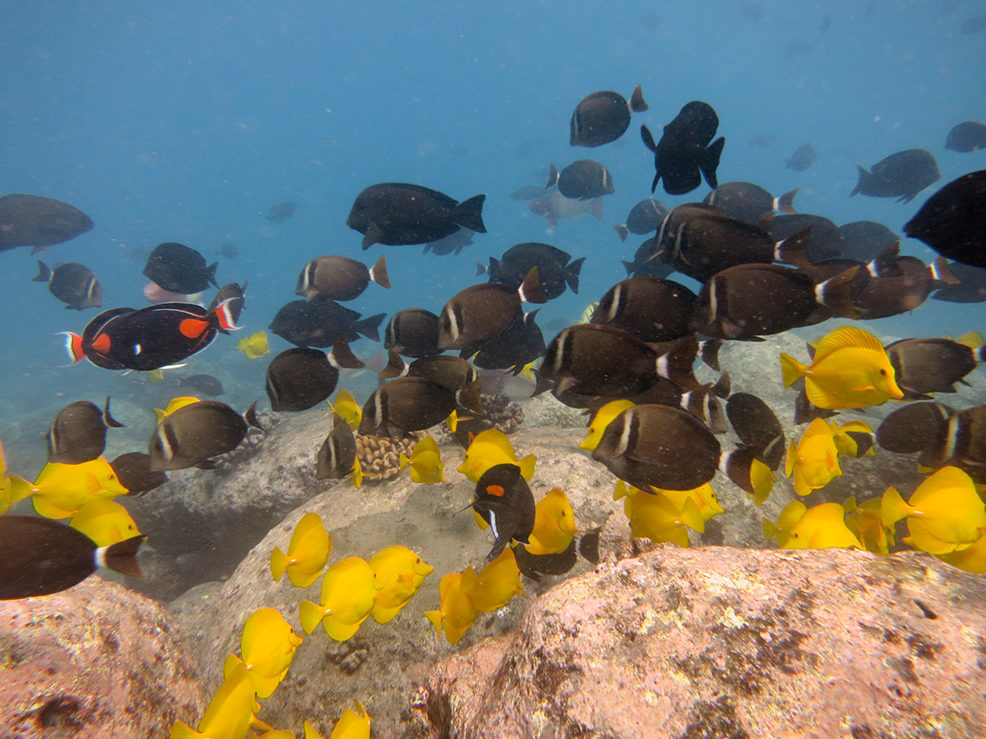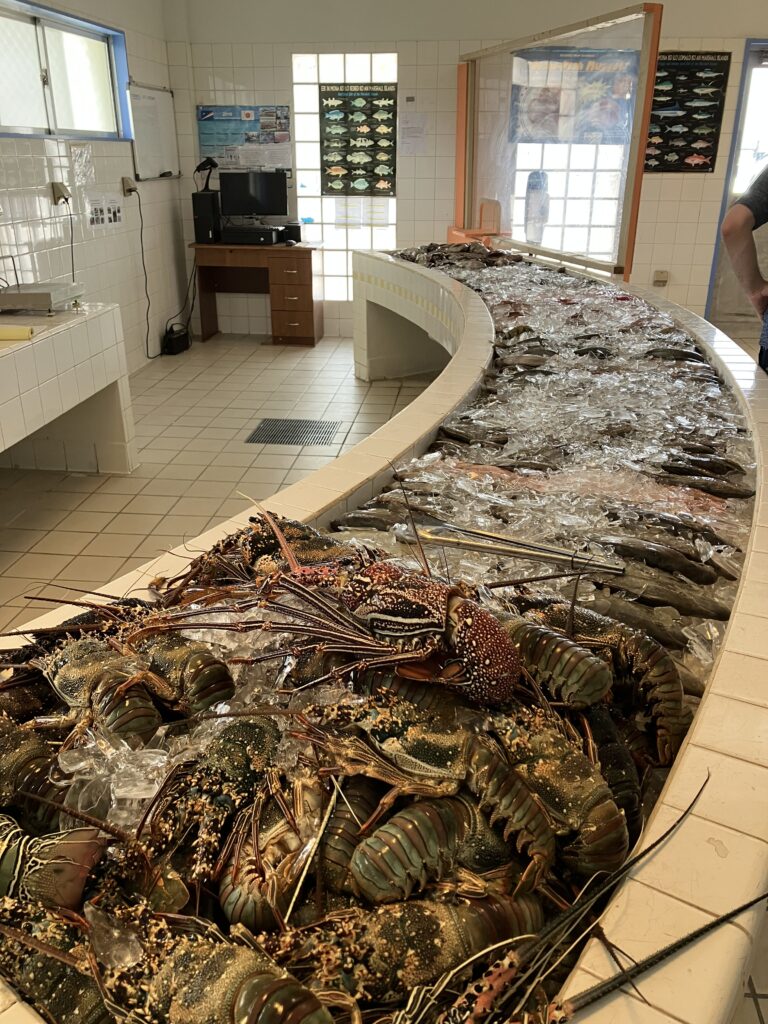FishKit empowers community-led fisheries worldwide with tools for sustainable management and data-driven decision-making. Explore real-world applications of how our team collaborates with fishing communities in locations such as Hawaiʻi, Mexico, French Polynesia, and Micronesia to implement FishKit and enhance coastal fisheries management and conservation.
Additional Applications and Trainings
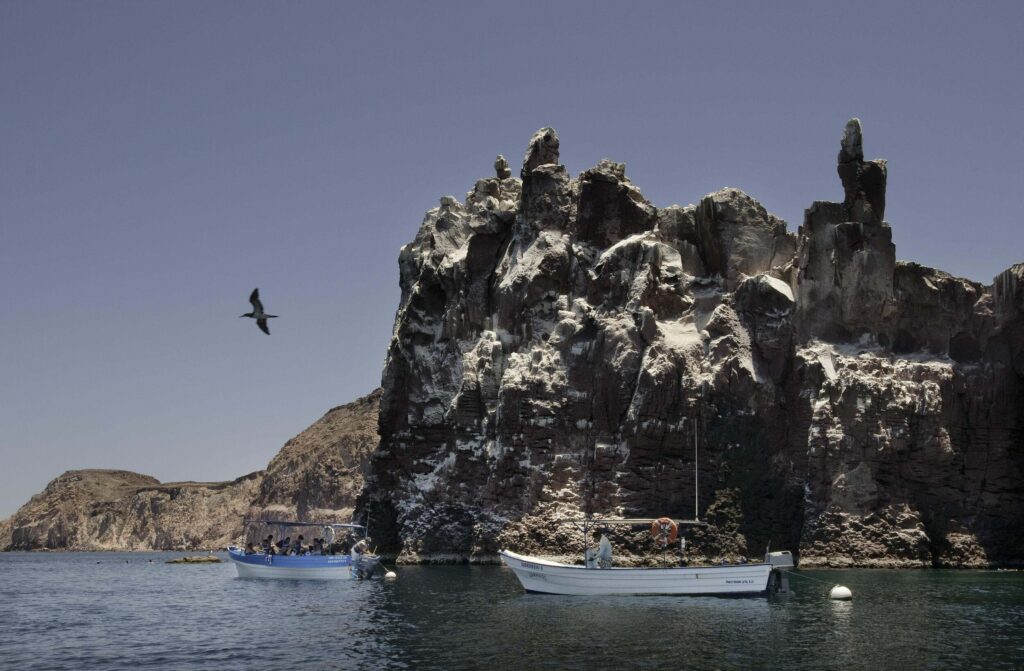
Agua Verde, Mexico – Size Limit Design
In the community of Agua Verde, the largest of 13 fishing communities along a coastal corridor between Loreto and La Paz, our team introduced community members to FishKit’s Size Limit Builder. Community members learned to measure their catch and use the data to evaluate size limits for Red Snapper, a priority species for the community. Agua Verde is in the early stages of FishKit implementation, and these preliminary results are contributing to the on-going process of selecting and trialing a minimum size limit for at least one species.
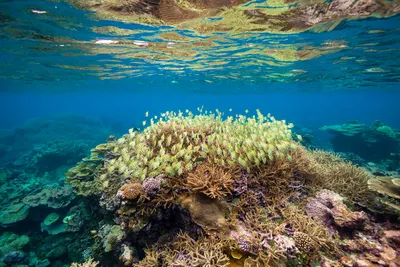
American Samoa – Community Fisheries Management Planning
American Samoa’s herbivorous coral reef fisheries are critical to supporting marine biodiversity and fishing dependent community livelihoods. We are starting to work with the Department of Marine and Wildlife Resources (DMWR) to train staff and local partners in American Samoa on the use of FishKit and facilitating community meetings for designing fisheries management measures. These trainings and analyses can be used to inform the development of minimum legal sizes for key herbivorous fish species in American Samoa.
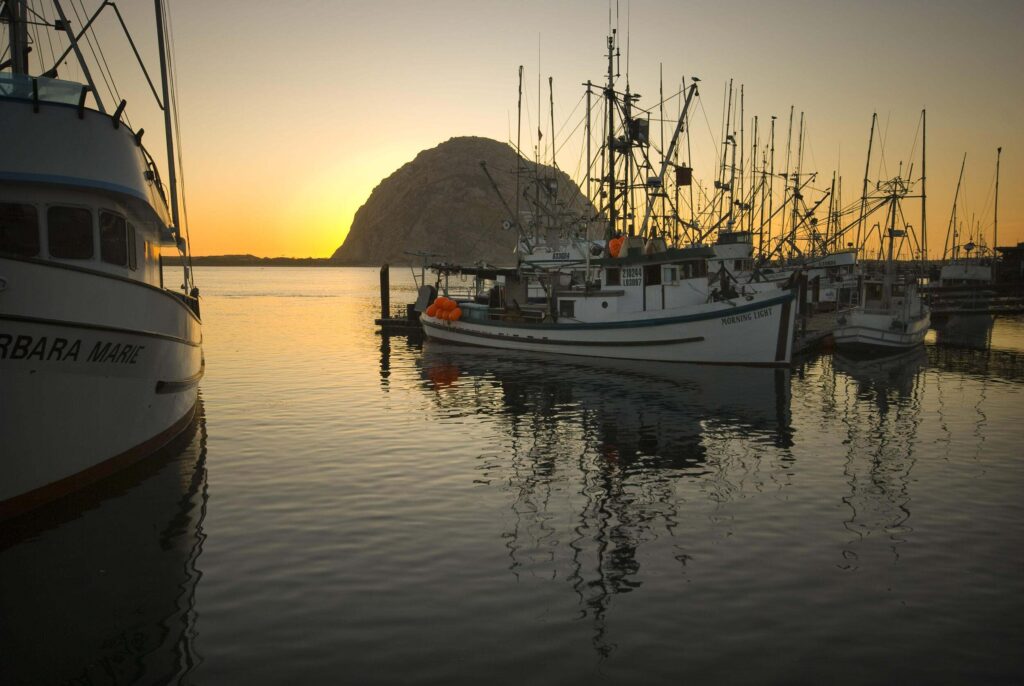
California – Marine Recreational Fisheries Analysis
California marine recreational fisheries have enormous socioeconomic, ecological, and cultural importance. Although minimum size limits are used as a well-supported management tool in several state-managed fisheries, many fisheries do not have minimum size limits. We used FishKit to explore the percentile of fish above the size at maturity in these fisheries, and found that only half of the species have more than 80% of landings above size at maturity. These findings could be expanded to develop additional, simple length-based evaluations to inform status of several species that currently lack stock assessments.
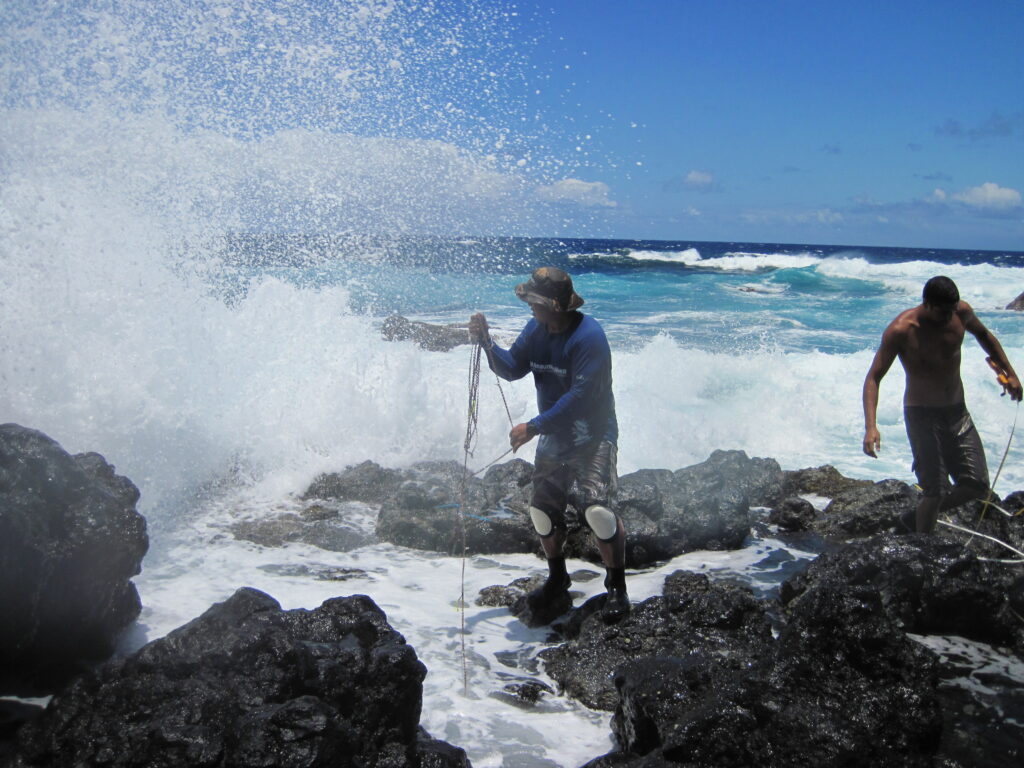
East Maui, Hawaiʻi – Proposed Management Measure Design
In East Maui, community-based fisheries management planning is critical to involving local community members and conserving coral reef fish populations. FishKit was used to test proposed management regulations and note considerations and options for top measures such as size limits and bag limits. There are opportunities to continue to utilize FishKit in additional settings with community members as different fisheries management actions are considered.
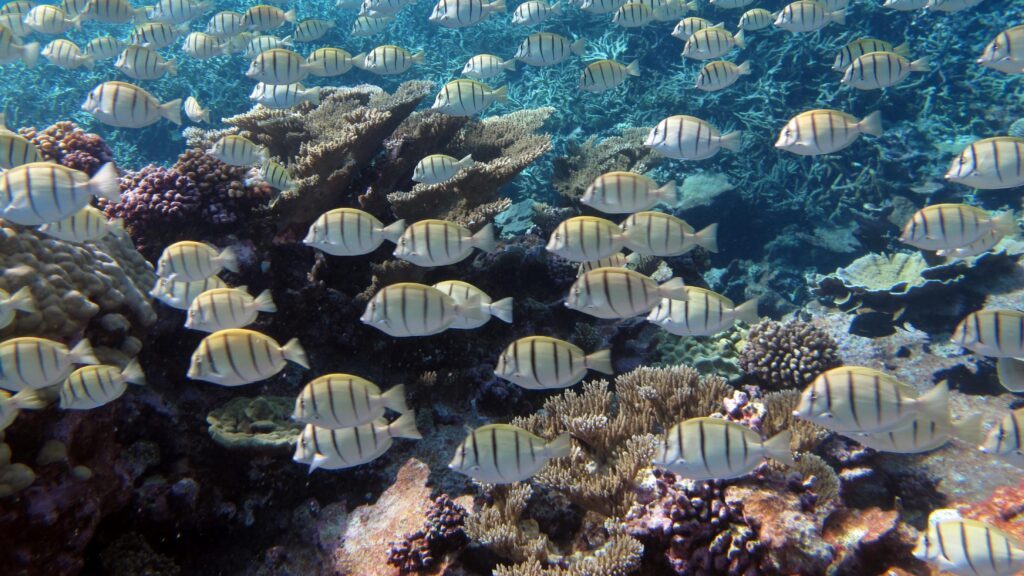
Hawaiʻi – Holomua Marine Initiative
The Holomua Marine Initiative is a community-based fisheries management planning approach taking place across the state of Hawaii that will ensure local knowledge is guiding marine resource management planning at every step in the process. The FishKit team has been working with Hawaii’s Division of Aquatic Resources (DAR) to support the Holomua process on Maui and provide training on the use of FishKit for establishing fisheries management actions in collaboration with community members. Learn more about Holomua here.

Marshall Islands Marine Resources Authority (MIMRA) Trainings
In the Marshall Islands, our team has been collaborating with the Marshall Islands Marine Resources Authority (MIMRA) and The Pacific Community (SPC) to design and deliver specialized trainings. In June 2024, we led a coastal fisheries science and FishKit training for over 15 staff and interns from MIMRA, as well as members of the Marshall Islands Conservation Society (MICS). This week-long course was designed to address challenges in assessing the status and trends of coral reef finfish species. Later, in November 2024, we partnered with SPC to deliver an integrated training on the Ikasavea AI-based data collection app and FishKit for data visualization and analysis, further supporting MIMRA in developing local capacity for coastal fisheries management.
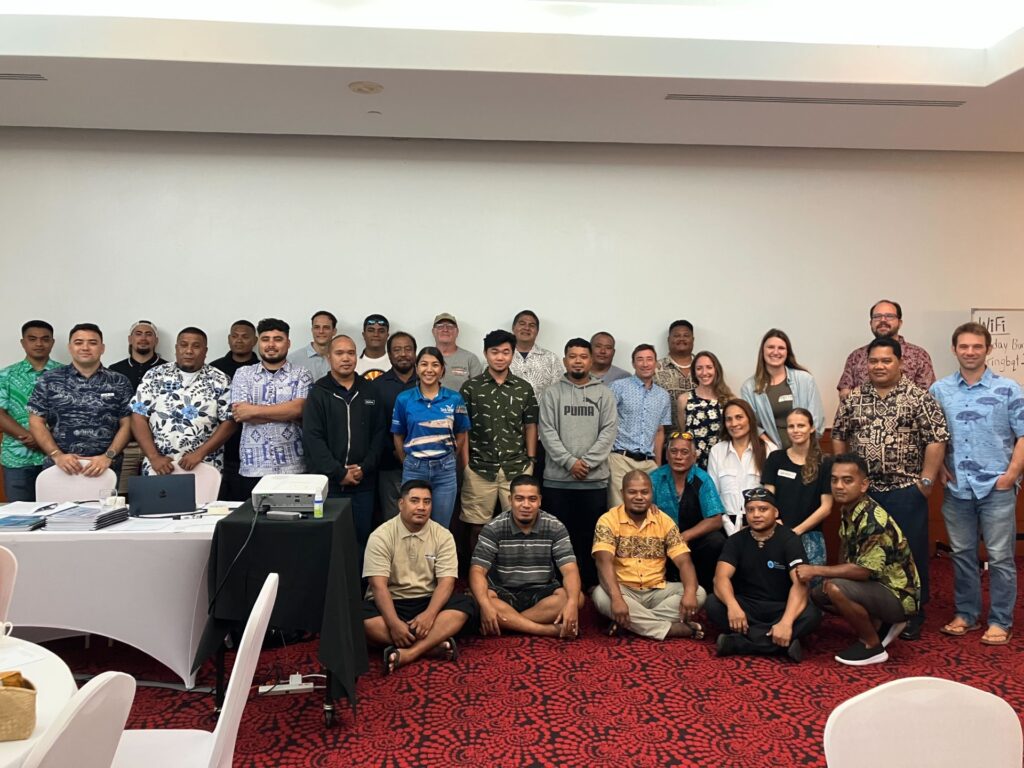
Micronesia – Regional Coastal Fisheries Workshop
In April 2024, our team facilitated a workshop in Guam for over 30 staff from different fisheries management agencies, non-profits, and university staff to connect on coastal fisheries management across Micronesia. Workshop participants practiced using FishKit with their own fisheries and generated preliminary results. The workshop and training also generated follow-on opportunities for new applications of FishKit across the region, including potential expanded collaborations with the University of Guam and the Pacific Community (SPC).
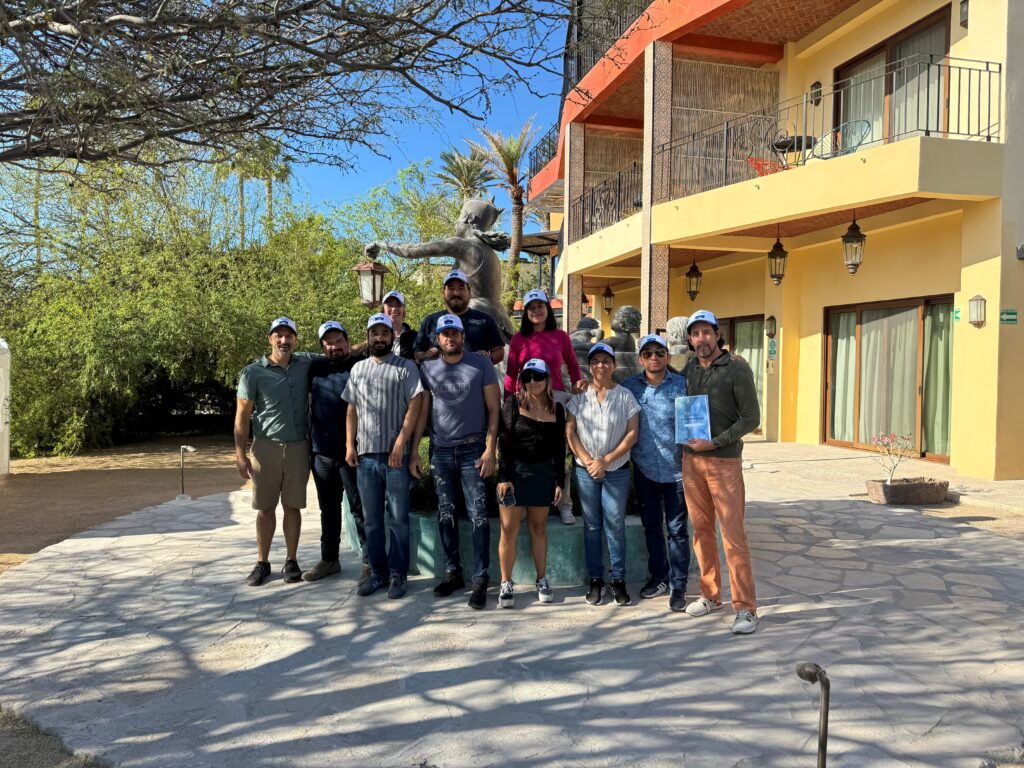
Mexico – FishKit Trainings for Non-profit and Agency Staff
The FishKit team led a training for staff at local non-profits and fisheries agency scientists who engage directly with fishing communities, including Niparaja, Smartfish, ProNatura, and IMIPAS. Participants used FishKit with their own datasets to practice designing management measures and tracking simple indices of stock health. As a result, users have applied FishKit in diverse fisheries and settings, such as recreational fisheries (e.g., striped marlin), using the Size Limit Builder to explore a potential minimum catch size for recreational fishers in sport fishing events. Additionally, FishKit was shared across the region through the Latin American Fishery Improvement Projects (FIP) Community of Practice, allowing FIP members to explore the use of FishKit in advancing their FIP goals.
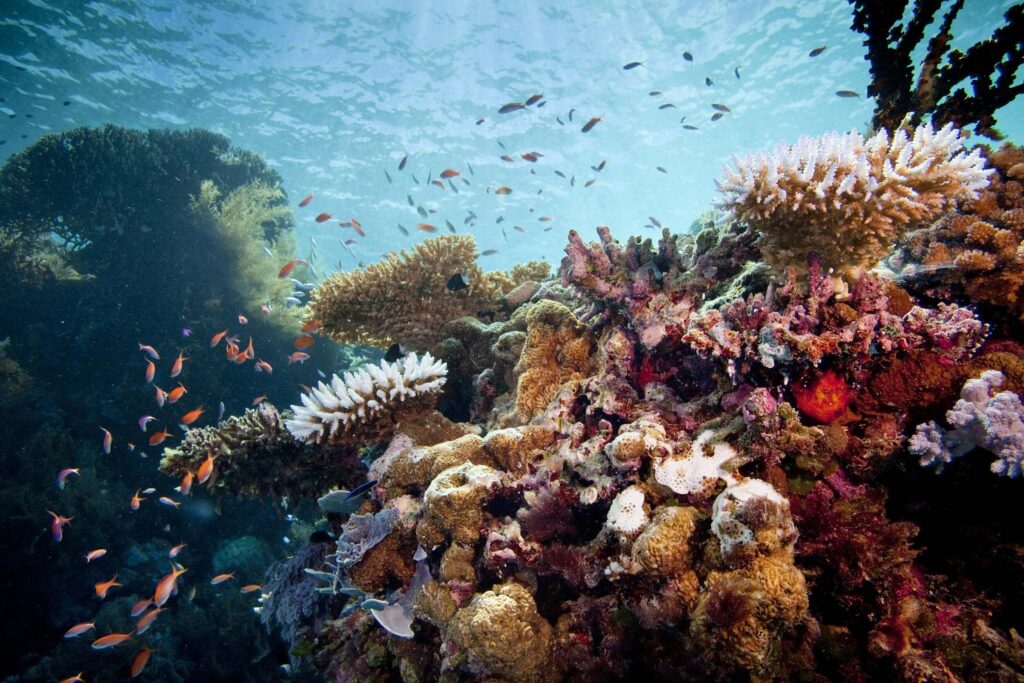
Palau – Community Fisheries Management in the Western States
In Palau, the States of Ngarchelong and Kayangel adopted fisheries management plans for 14 species between 2015 and 2018. Other States are now developing their own plans, but progress has been slowed by limited, inconsistent data on fish catches and stock health. To help address this, The Nature Conservancy (TNC) is partnering with community members and the Bureau of Fisheries to collect data from the Northern Reefs and Western States—including Ngardmau, Ngeremlengui, Ngatpang, and Aimeliik—for use in FishKit. The team is also working with women’s invertebrate fisheries, such as mangrove clams and sea cucumbers, and supporting fisheries science and management trainings.

